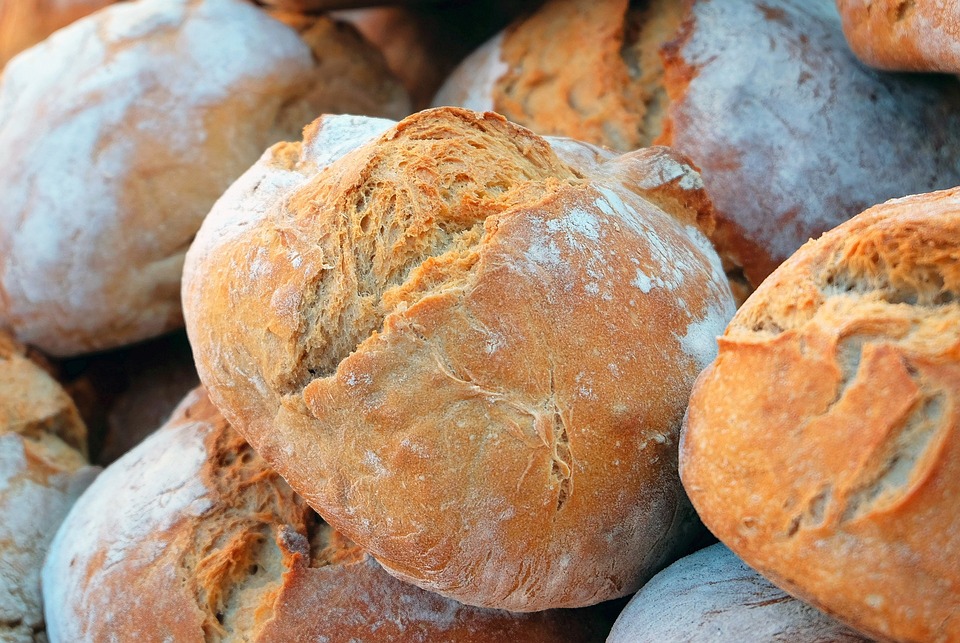Introduction
In today’s fast-paced world, where convenience often takes precedence, there is a growing movement towards healthier, more sustainable living—especially regarding the nutrition of our youngest family members. Homemade baby food stands at the intersection of health, flavor, and love, empowering parents to take charge of their child’s dietary beginnings. With numerous studies linking early nutrition to long-term health outcomes, it’s imperative that we start our little ones on the right foot. This guide will walk you through the benefits of homemade baby food, ingredients to consider, preparation tips, and simple recipes to set your baby on a nourishing path.
The Benefits of Homemade Baby Food
1. Nutritional Control
When you prepare baby food at home, you retain complete control over the ingredients, ensuring they are nutritious and void of additives, preservatives, and excessive sugar or salt. This transparency allows you to choose organic produce and make decisions that align with your family’s dietary preferences or restrictions. Research indicates that a varied diet in infancy can lead to better eating habits in later childhood, making this control invaluable.
2. Freshness and Flavor
Homemade baby food can taste better than its store-bought counterparts. Store-bought options often undergo preservation treatments that can dull flavors. By using fresh, in-season fruits and vegetables, homemade food not only offers richer flavors but also maximizes nutrient retention. The preparation process allows parents to introduce different spices and herbs in a subtle manner, fostering a more sophisticated palate from a young age.
3. Cost-Effectiveness
While the initial investment in fresh produce may seem steep, making baby food at home is often more economical than purchasing pre-packaged products. A small amount of fruits or vegetables can yield a significant quantity of baby food. Moreover, many parents find that they can utilize leftovers from family meals to create delicious baby food options, minimizing food waste and maximizing budget efficiency.
Essential Ingredients for Homemade Baby Food
1. Fruits and Vegetables
Start with single-ingredient purees such as bananas, apples, sweet potatoes, carrots, and peas. These nutritious options are easy to source and prepare. Pay attention to seasonal produce as it tends to be more affordable and flavorful. As your baby develops, you can incorporate complex flavors using combinations, such as apple/carrot or sweet potato/pea blends.
2. Whole Grains
Introducing whole grains is essential for a balanced diet. Oatmeal, quinoa, and brown rice provide fiber and critical nutrients. Whole grain cereals can also serve as a good base for purees, adding texture and variety to your baby’s meals.
3. Healthy Fats
Healthy fats are crucial for brain development in infants. Incorporate options like avocados, olive oil, or nut butters (when safe) into your homemade baby food. Avocado, in particular, can be mashed easily for a creamy, nutritious puree.
4. Proteins
As your baby grows closer to the 8-12 month mark, consider introducing proteins. Cooked and shredded chicken or turkey, pureed beans, or lentils can provide the necessary protein your baby needs for energy and growth. Always ensure that proteins are introduced one at a time to monitor any potential allergic reactions.
Preparation Tips for Homemade Baby Food
1. Cooking Techniques
The cooking method can greatly influence the taste and texture of baby food. Steaming vegetables maintains more of their nutritional value as opposed to boiling. Roasting brings out natural sweetness in fruits and vegetables, providing a delightful flavor for your little one. For fruits like apples and peaches, consider steaming or baking them before pureeing to enhance their natural flavors and make them easier to digest.
2. Proper Storage
Once you have made a batch of baby food, proper storage is vital for maintaining freshness. Purees can be refrigerated for up to 3 days or frozen for up to 3 months. Use ice cube trays to portion out single servings and transfer them to airtight containers or resealable bags. Always label your containers with the date and type of food for easy identification.
3. Gradual Introduction
When introducing new foods to your baby, do so gradually. The "three-day rule"—waiting three days between introducing new foods—will help you monitor your baby for any allergic reactions. This careful approach ensures both safety and a wonderful exploration of different flavors.
Conclusion
Making nutritious homemade baby food is a rewarding endeavor that requires minimal time and effort while providing tremendous benefits for your child’s health and development. By taking control of your baby’s nutrition, you are fostering a positive relationship with food early on. With a bit of planning and creativity, you can offer healthy, delicious meals without the additives and preservatives often found in commercial products. As you embark on this culinary journey, remember that the most crucial ingredient is love. These wholesome beginnings will not only nourish your baby but also create lasting memories for your family around the dinner table. So, gather your ingredients, roll up your sleeves, and enjoy the art of crafting wholesome meals for your little one!









Leave a Comment